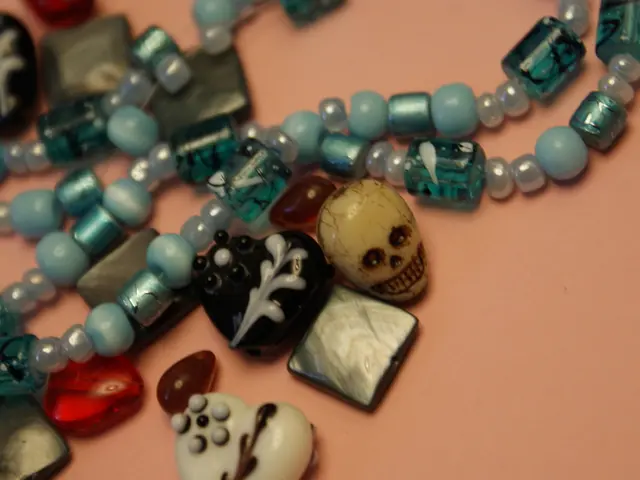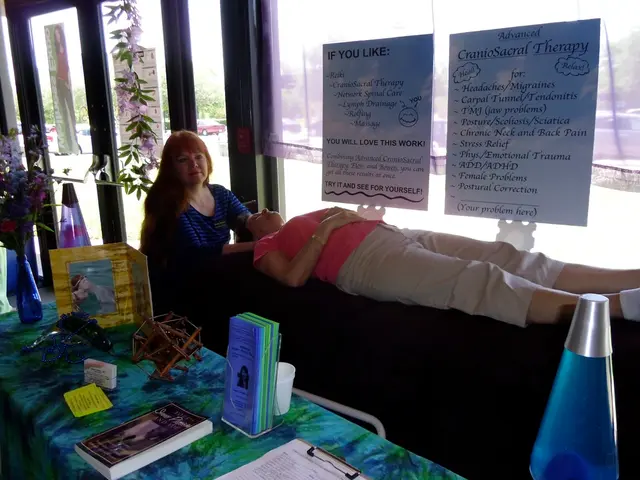Exploring Charcot-Marie-Tooth Disorder: An Overview
Charcot-Marie-Tooth Disease (CMT) is a group of inherited neurological disorders that affect the peripheral nerves. Named after the three physicians who first described it - Jean-Martin Charcot, Pierre Marie, and Howard Henry Tooth - CMT primarily impacts the nerves that control muscle movement and sensation in the arms and legs.
CMT affects approximately 1 in 2,500 people worldwide, and a family history significantly increases the risk of developing the condition. Recognizing the symptoms early on is essential for effective management and treatment. Symptoms can vary widely but generally manifest in muscle weakness, foot deformities, sensory loss, pain and discomfort, and progressive symptoms.
Current treatment options for CMT vary by type but generally focus on symptomatic management, physical therapy, orthopedic interventions, and emerging gene and drug therapies.
Symptomatic and Supportive Treatments
Physical therapy and exercise help maintain mobility and muscle strength. Orthopedic surgeries, such as Achilles tendon lengthening, tendon transfers, hammertoe correction, and plantar fascia release, may address foot deformities especially in CMT1B and other subtypes. Avoidance of prolonged limb positioning and nerve compression is advised to prevent worsening symptoms.
Investigational and Emerging Therapies
Gene therapy approaches are actively being developed for several CMT types. For example, AAV-based gene therapies targeting connexin 32 expression for CMTX1 have shown promise in mouse models. Research is ongoing into recombinant DNA and neurotrophin gene transfer to prevent axonal damage in CMT1B and similar types. Viral gene therapy targeting mutations in GARS1 for CMT2D is under development.
Pharmaceutical agents in clinical trials include Govorestat (AT-007), targeting Sorbitol Dehydrogenase Deficiency subtype, which recently completed Phase 2/3 trials. Inosine treatment has shown potential in reducing nerve inflammation and improving function in CMT1X animal models. ACE-083, a muscle anabolic agent, increased muscle mass in CMT1 and CMTX patients in Phase 2 trials. Augustine Therapeutics’ AGT-100216 is in Phase I clinical trials as of 2025.
Research Models and Diagnostic Advances
Zebrafish models are employed to better understand CMT pathophysiology and test therapies, reflecting the disease’s genetic complexity. Shear wave elastography, a non-invasive ultrasound technique, is being used to monitor demyelinating neuropathy progression, including CMT1A and related forms.
Current Status
No cure exists yet for CMT, and treatment remains largely supportive. However, the landscape is rapidly evolving with several promising gene therapies and pharmacological agents in clinical development targeting different CMT types.
Understanding the specific type of CMT is crucial for determining the appropriate management and treatment options. Genetic counseling can provide valuable information about inheritance patterns, risks for future generations, and available testing options for families affected by CMT.
Physical therapy is a cornerstone of CMT management, focusing on improving muscle strength, flexibility, and mobility. Occupational therapy helps individuals perform daily activities more easily by recommending adaptive devices or modifications to the home or workplace. Orthotic devices, such as braces or custom footwear, can support weakened muscles and improve walking stability in individuals with CMT.
Imaging studies like MRI may be used to assess the condition of nerves and muscles in some cases of Charcot-Marie-Tooth Disease. Staying informed about ongoing research and clinical trials can provide hope and options for those living with CMT, potentially leading to accessing cutting-edge treatments.
In conclusion, living with Charcot-Marie-Tooth Disease requires ongoing education, support, and advocacy. By understanding the condition, its types, and available treatments, individuals can empower themselves to manage their condition effectively and lead fulfilling lives. The future of CMT research is promising, with ongoing studies aimed at better understanding the condition and developing effective treatments.
Science plays a vital role in the management of medical-conditions like Charcot-Marie-Tooth Disease (CMT), which is a group of neurological disorders affecting the peripheral nerves. Through science, health-and-wellness professionals are exploring various treatment options, including symptomatic management, physical therapy, orthopedic interventions, and emerging gene and drug therapies for cance (cancer might be used incorrectly in this context; the intended meaning seems to be "treatment"). These therapies help address symptoms, such as muscle weakness, foot deformities, sensory loss, pain, and discomfort, and improve the quality of life for those with neurological-disorders, such as CMT.




